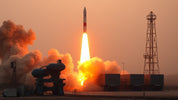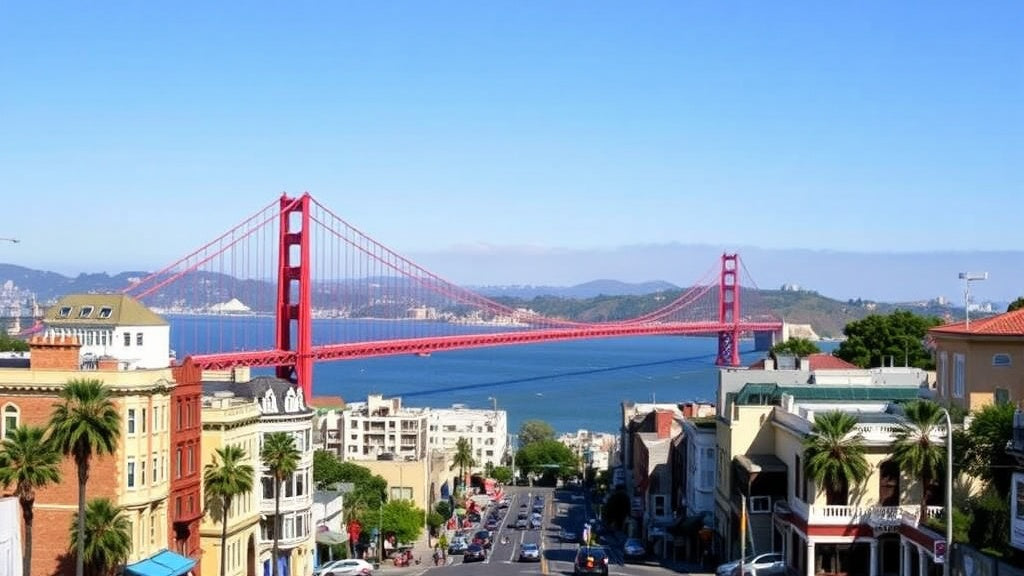
North Korea's Missile Advancements: A Decisive Decade of Tensions and Diplomatic Shifts
, by Unboxify, 4 min reading time

, by Unboxify, 4 min reading time
On February 8, just one day before the start of the Olympic Winter Games in South Korea, North Korea held a military parade showcasing their latest rockets. The timing of this event was not coincidental. It clearly aimed to send a strong message to the outside world. Nonetheless, the country is gaining more knowledge each year and is making rapid progress in its missile development.
North Korea's missile testing regime has seen a significant increase over the years:
With the rate at which they are progressing, it's estimated they will well surpass 100 missile tests in four years.
Despite not being part of the Warsaw Pact, a collective defense treaty among communist states, North Korea found strong allies in China and the Soviet Union. Their relationship, however, saw significant decline post the collapse of the Soviet Union in 1991. As their power waned, North Korea increasingly felt vulnerable, prompting them to reprocess plutonium from their Soviet-built reactor to develop nuclear weapons.
In an effort to keep North Korea from leaving the Non-Proliferation of Nuclear Weapons Treaty:
When George Bush took office:
Subsequent Six-Party Talks to curb nuclear tests rendered few results, pushing the Bush administration into making significant concessions.
Barack Obama aimed for a different approach:
However, North Korea continued to improve their missile capabilities, indicating the inadequacy of this strategy.
Donald Trump's tenure marked another shift:
The approach was intended to completely isolate North Korea but was met with mixed results.
North Korea perceives its nuclear capabilities as essential for its independence:
Despite their advancements, North Korea faces significant challenges in making their missiles reliable:
These variables make it difficult to precisely gauge North Korea's current capabilities. However, they are actively using what they have to shape their geopolitical environment.
One objective of North Korea's missile program is to create doubt in the minds of South Koreans, Americans, and Japanese about their mutual defense agreements. By reaching the continental United States, North Korea aims to question whether the US and Japan would risk their major cities to defend Seoul.
While tensions with the United States remain high, there's a spark of diplomatic warming between North and South Korea. At the Olympic Winter Games in South Korea, the two countries walked together at the opening ceremony and even formed a combined Korean ice hockey team. Furthermore, South Korean President Moon Jae-in met with Kim Jong Un’s sister, and received an invitation to meet Kim Jong Un in Pyongyang.
As North Korea and South Korea enter what could be a decisive decade, the coming developments will significantly impact the Korean Peninsula. The world watches closely, hoping for a shift towards genuine disarmament and demilitarization.






